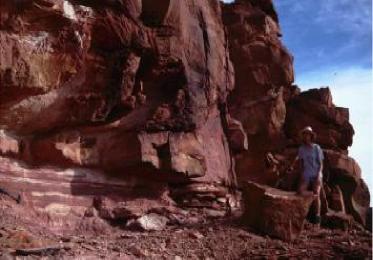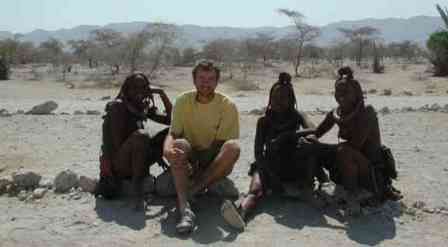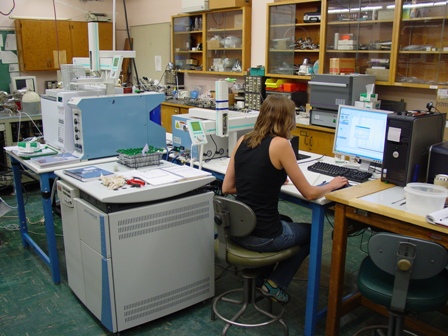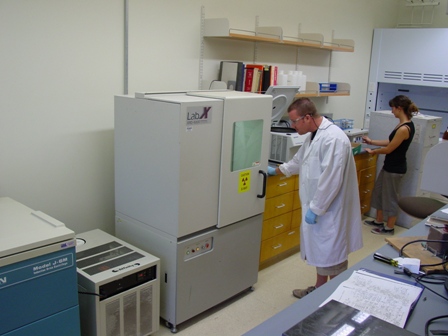|
Martin J. Kennedy Sedimentary Geology/Geochemistry |
|
|
|
Professor- Contact
Info: Page Navigation Important Links |
|
My research and teaching interests lie in paleooceanographic and paleoclimate events recorded in the stratigraphic record, particularly focused on controls of the ancient carbon cycle and biogeochemical feedbacks within the biosphere. I utilize an integrated field-stratigraphic and isotope-geochemical approach and maintain a well-equipped sedimentary geochemical lab capable of preparing samples for a broad range of analyses including stable and radiogenic isotope analysis and quantitative analysis of clay minerals with our X-ray diffraction facility. My current research is focused on oceanographic events surrounding Neoproterozoic glaciation and biotic events and the oceangraphic controls on organic carbon burial and deposition of black shales. I am interested in changes in geochemical cycles through planetary evolution and its potential influence on life. In addition I maintain and active interest in modern and quaternary biogeochemical systems as well as tertiary sedimentary environments in California. All of my projects are strongly field oriented, but supplemented with a wide variety of geochemical techniques. The integration of different types of data with concepts incorporated from both modern and ancient environments is most interesting to me. Current Projects are based in: Sierras, Utah/Whyoming, Monterey,
Namibia, S. China, central Australia, Death Valley CA, Anza Borrego,
CA, Norway |
Places we work and People in the Field: High Sierras studying the climate change record
Death Valley,
CA
Anza
Borrego, CA Utah
& Wyoming
International
|
|
Kennedy, M.J. 1993. The Undoolya sequence; a new stratigraphic unit syn-depositionaly deposited adjacent to a late Proterozoic salt structure; Amadeus Basin, Central Australia. Australian Journal of Earth Science, 40, part 4, pp. 217-228. |
|
|
2004, NASA Exobiology, Secular rise of clay minerals from biotic soils as a control on the rise of oxygen and advent of multicellular life. $475,000. Principal Investigator 2004, National Science Foundation. PI. Collaborative Research: Testing the methane hydrate hypothesis for the aftermath of severe Neoproterozoic ice ages, $225.00. Principal Investigator. 2002 National Science Foundation, The TMSA Hypothesis: Do clay-mineral interlayer surfaces provide an unrecognized sink for organic carbon in the geologic record? $ 170,000. Principal Investigator 2002 National Science Foundation, Isotopic Tests of Neoproterozoic Snowball Earth Phenomenon. $152,000. Principal Investigator 2002 California Parks and Recreation, Paleontologic Survey of Coyote Canyon, Phase I and II. $58,000. Principal Investigator 2001 California Parks and Recreation, Tertiary Paleoenvironmental Development of the Colorado Delta; Department of Parks and Recreations. $65,000. Principal Investigator 2001, UC Regent Faculty Fellowship, Clay Minerral Analysis, $2,500. 1997 City College of New York. Tectono-stratigraphic development of the Congo Craton. $25,000 chemostratigraphy sub-contract from A.R. Prave. 1996 National Science Foundation. Tracing mechanisms of base cation cycling in forest biogeochemical systems: Application of a new tool. With L. Hedin (Cornell University) and L.A. Derry (Cornell University). $320,000. 1998 National Science Foundation. Sources, consequences, and fates of atmospherically derived elements during soil and ecosystem development. With P.A. Vitousek (Stanford University), O. Chadwick (University of California, Santa Barbara), B. Hubert (University of Hawaii) and L.A. Derry (Cornell University). $80,000. 1996 Namibian Geological Survey. The geochemical finger print of post-glacial cap carbonate horizons and their use for correlation in Neoproterozoic successions in the Congo and Kalahari Cratons. Field Support. 1994 National Science Foundation. Origin and isotopic signature of Neoproterozoic post- glacial carbonate rocks; Australia. With N. Christie-Blick (Columbia University) and L.A. Derry (Cornell University). $227,000. 1992-1993 Pacific Oil and Gas. Field facies mapping of the fluvial-deltaic Gaylad sandstone; a potential Neoproterozoic reservoir for hydrocarbons generated from the Bitter Springs formation. $3,000. 1992 Australian Research Council. The influence of salt movement on the late Proterozoic stratigraphy of the Amadeus Basin. $5,000 AUD. 1990-1991 Magellan Petroleum Research
Grant. Neoproterozoic stratigraphy of the Amadeus Basin. $10,000. |
|
|
2007-current Professor of Sedimentary Geology and Geochemistry,University of California, Riverside 2003-2006 Associate Professor, University of California, Riverside 2000-2003 Assistant Professor, University of California, Riverside 1998-2000 Senior Research Geologist, Exxon Production Research Co. Research focused on paleoenvironmental controls of organic rich sediments in modern and ancient settings, isotopic geochemistry, field relations 1996-1998 Rubey Faculty Fellow/Adjunct Assistant Professor of Geology and Geochemistry, UCLA, Department of Earth and Space Sciences. Research and teaching of paleoenvironmental analysis using field sequence stratigraphic methods integrated with isotope geochemistry (stable and radiogenic). Principal investigator of biogeochemistry lab including a stable isotope/ICPOES facility. 1994-1996 Post-doctoral Research Associate, Cornell University, Department of Geological Sciences and the Section of Ecology and Systematics. Research in stable isotope geochemistry of carbonate/glacial cycles and radiogenic isotopic tracers in terrestrial ecosystems |
|
|
We are equipped for a variety of analyses including, stable isotope analysis. X-ray diffraction, elemental determination using ICPMS and ICPOES. In addition we have extensive rock prep facilities for quantitiative X-ray determination of fine grained sediments, ion chomatography for preparation of samples for radiogenic isotope analysis, petrographic micoroscopes including cathodoluminescence and floursecence.
Stable isotope lab supporting CF-IRMS on a Thermo Delta V (above) and dual inlet IRMS on a VG Prism II with a 10 port automated manifold and hydrogen spur. (below)
Shmiadzu Kratos 6000 Powder Diffractometer used for Quantitative mineral determination. All necessary equipment for clay mineral analysis is available, including Centrifuges, ultra sonifiers, shaker mill, low temperature ovens and a furnace. |
|
|
|
|
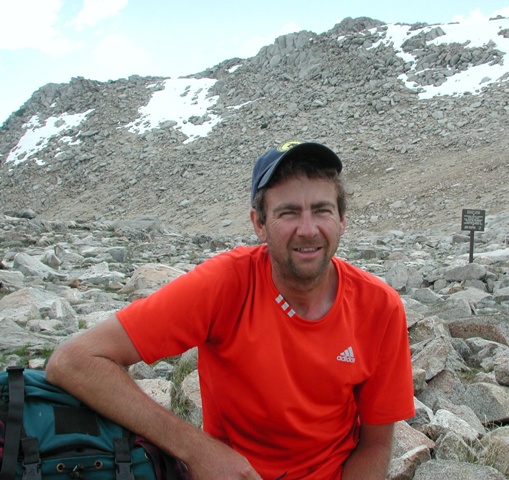
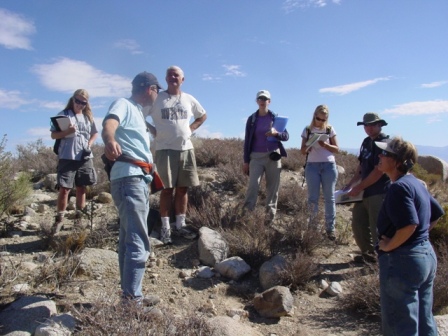 Students
from the
Students
from the 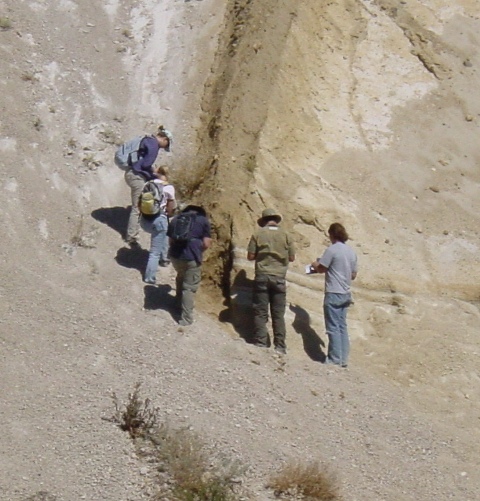 Students from the
Students from the 

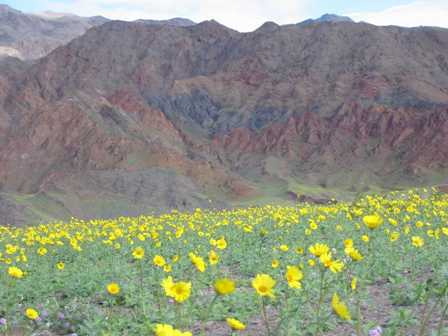 Amargosa Chaos Field Area,
Black Mountains, Death Valley
Amargosa Chaos Field Area,
Black Mountains, Death Valley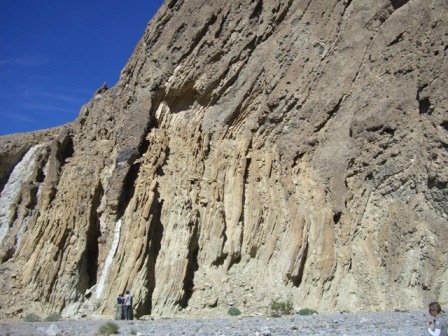
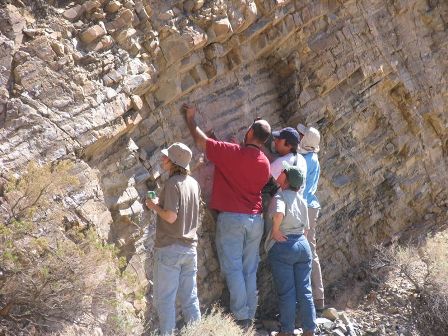 Permian
Rhythmites, Darwin Canyon, CA
Permian
Rhythmites, Darwin Canyon, CA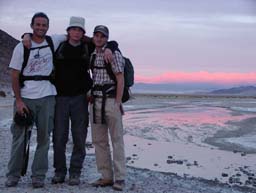
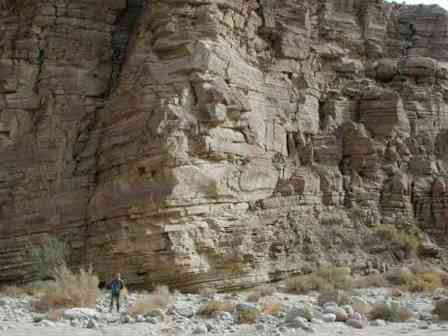
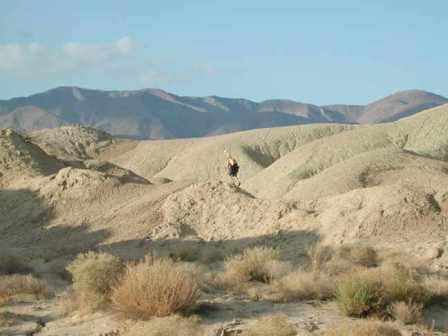
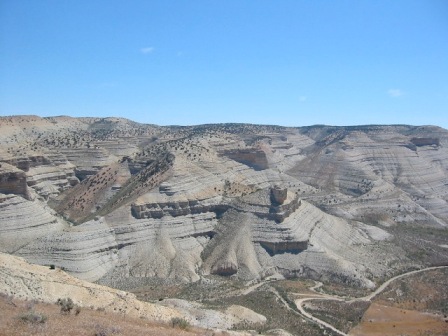 Green
River Fm. Hells Hole Canyon
Green
River Fm. Hells Hole Canyon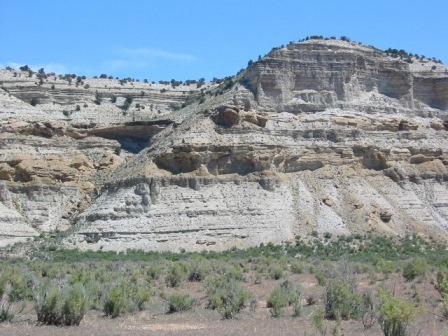
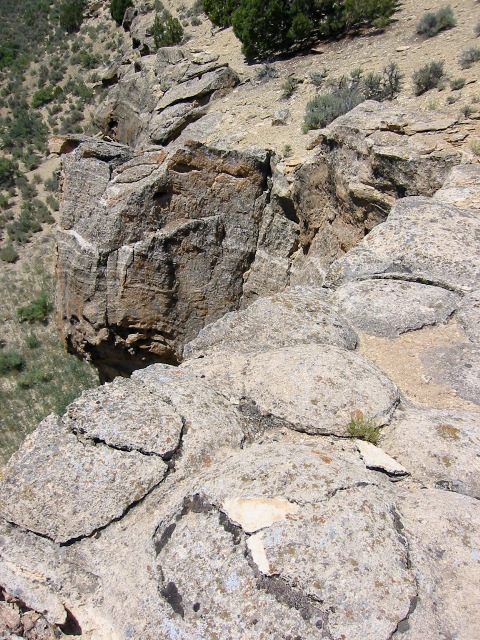
 Modern tide water glaciers in Patagoni
Modern tide water glaciers in Patagoni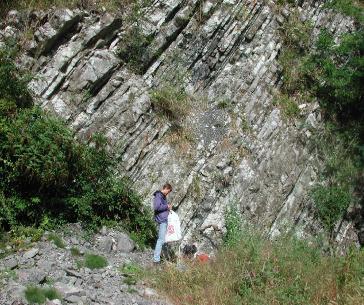 Above & Below: Cretaceous black shale
study in Northern
Italy and Southern Switzerland
Above & Below: Cretaceous black shale
study in Northern
Italy and Southern Switzerland